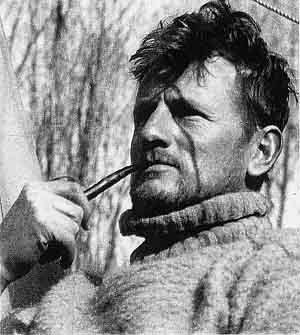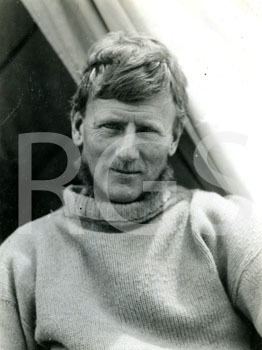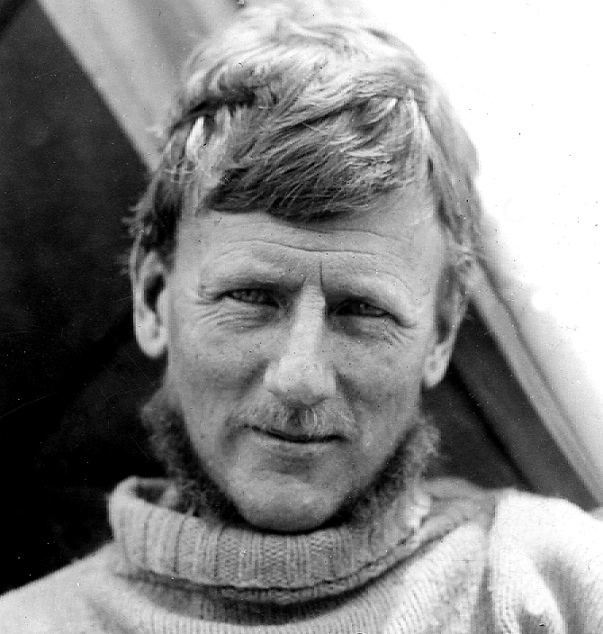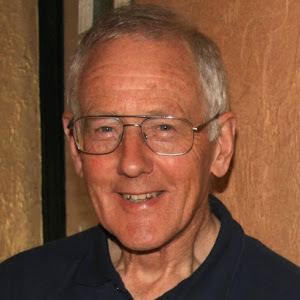Name Frank Smythe Role Mountaineer | Awards Mungo Park Medal | |
 | ||
Died June 27, 1949, London, United Kingdom Books The valley of flowers, Camp Six, Frank Smythe: The Six A, Climbs in the Canadian, A Camera in the Hills Similar People RL Holdsworth, Eric Shipton, Gunter Dyhrenfurth, Erwin Schneider | ||
History book review frank smythe the six alpine himalayan climbing books by francis sydney smyt
Francis Sydney Smythe, better known as Frank Smythe or F. S. Smythe (6 July 1900, Maidstone, Kent – 27 June 1949), was an English mountaineer, author, photographer and botanist. He is best remembered for his mountaineering in the Alps and in the Himalayas, where he identified a region that he named the "Valley of Flowers", now a protected park. His ascents include two new routes on the Brenva Face of Mont Blanc, Kamet, and attempts on Kangchenjunga and Mount Everest in the 1930s. It was said that he had a tendency for irascibility, something some of his mountaineering contemporaries said "decreased with altitude". Smythe was educated in Switzerland after an initial period at Berkhamsted School, trained as an electrical engineer and worked for brief periods with the Royal Air Force and Kodak before devoting himself to writing and public lecturing. Smythe enjoyed mountaineering, photography, collecting plants, and gardening; he toured as a lecturer; and he wrote a total of twenty seven books. Smythe's focused approach is well documented, not only through his own writings, but by his contemporaries and later works.
Contents
- History book review frank smythe the six alpine himalayan climbing books by francis sydney smyt
- VOFPart 3
- Mountaineering
- References

Among his many public lectures, Smythe gave at least several to the Royal Geographical Society, his first being in 1931 titled "Explorations in Garhwal around Kamet", his second in 1947 titled "An Expedition to the Lloyd George Mountains, North-East British Columbia".

Smythe was a prodigious writer and produced many popular books. However his book "The Kangchenjunga Adventure" launched Smythe as a legitimate and respected author.

During the Second World War he served in the Canadian Rockies as a mountaineer training officer for the Lovat Scouts. He went on to write two books about climbing in the Rockies, Rocky Mountains (1948) and Climbs in the Canadian Rockies (1951). Mount Smythe (10,650 ft) was named in his honour.

In 1949, in Delhi, he was taken ill with food poisoning; then a succession of malaria attacks took their toll and he died on 27 June 1949, two weeks before his 49th birthday.

VOFPart 3
Mountaineering


